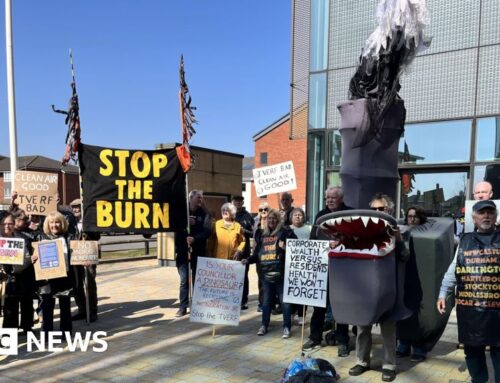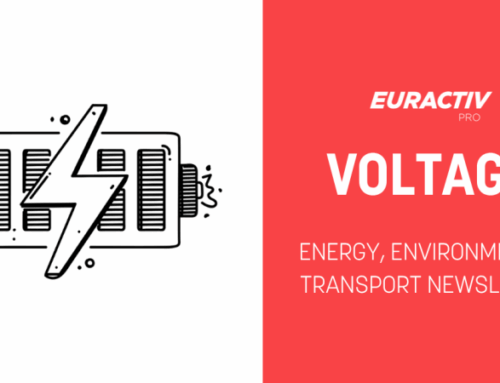T. Rowe Price sees this established strategy as way to ride out market volatility
April 25, 2025
It appears T. Rowe Price is benefitting from the record growth in actively managed exchange traded funds.
Tim Coyne, the firm’s head of ETFs, reports the firm is seeing significant growth in the area — listing the T. Rowe Price Capital Appreciation Equity ETF (TCAF) and T. Rowe Price U.S. Equity Research ETF (TSPA) as two established strategies that can satisfy investor demand.
“I think having that professionally managed portfolio is really beneficial to clients,” Coyne told CNBC’s “ETF Edge” this week. “We’re seeing just… greater volatility [and] uncertainty across both the equity and fixed income markets.“
According to Coyne, the T. Rowe Price Capital Appreciation Equity ETF suits investors who are looking for long-term growth.
“The objective of the fund is to outperform the S&P 500 with lower volatility and greater tax efficiency,” he said. “It’s also a more concentrated portfolio, typically holding around a hundred names.”
As of April 24, the fund’s top holdings include MicrosoftAmazonAppleT. Rowe PriceBecton DickinsonRoper Technologies
The T. Rowe Price Capital Appreciation Equity ETF is down about 5% so far this year while the S&P 500
Coyne notes the T. Rowe Price U.S. Equity Research ETF follows a similar strategy, but with a heavier weighting in top tech stocks.
“This is more of a large-cap growth product [T Rowe Price U.S. Equity Research ETF],” he said. “There are components of characteristics of both passive and active here. This fund is actually managed by our North American directors of research. So again, strong fundamental research is going into the stock selection.”
Both the T. Rowe Price U.S. Equity Research ETF and S&P 500 are down around 7% since the beginning of the year. Meanwhile, the fund is up almost 9% over the past year. That’s less than one percent better than the S&P 500’s performance.

‘Some form of bear market’
Strategas Securities’ Todd Sohn thinks investment demand for active managers will continue to be strong.
“This is the type of the environment where it [active management] can actually shine,” the firm’s senior ETF and technical strategist said. “We are in some form of bear market. This is where the active manager really can come into hand and offer their solution they are doing right.”
Search
RECENT PRESS RELEASES
Related Post



